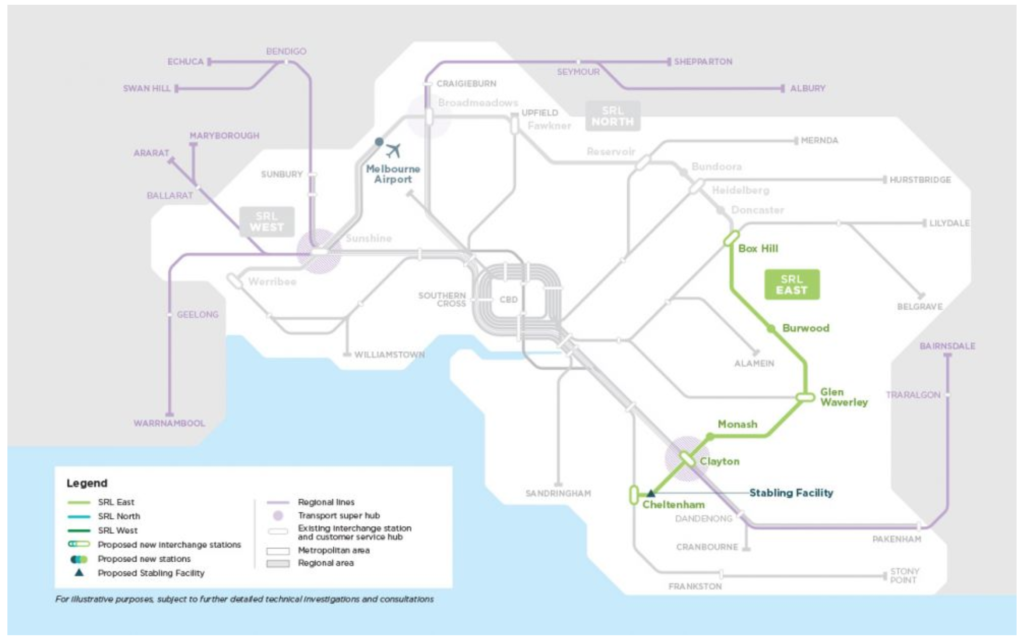Imagine this: it’s 10:30 on a Saturday morning, after a big night out you find yourself in the wonderful bayside suburb of Mentone with no car and your phone is out of charge, you need to be in Box Hill as soon as possible because your grandmas 85th birthday lunch starts at midday. Even if you could manage it driving is out of the question with no car, and you can’t get an uber because your phone is dead. With nowhere else to turn, you realise you’re going to have to rely on public transport to get you home in time.
Asking the station attendant what the quickest way home will be, you are faced with two options, take the train to Richmond and then from Richmond to Box Hill, a journey you know will take more than an hour. Or try your luck with the 903 bus that takes a more direct route to Box Hill from where you are. With the train not coming for another 15 minutes and the bus coming any moment now, you decide to take the bus and hope the more direct route will save you some time.
Ask any frequent users of Melbourne’s public transport system about their experience, and you’ll likely receive some variation of “it sucks”. And that’s not without good reason, trains are infrequent at off-peak times, buses are plagued by a similar problem with frequency as well as having to share the road with thousands of other vehicles every day and trams sit in some strange area between the two.

But one of the issues that up until now has seen no resolution in sight is the lack of connectivity between train lines, but the Victorian State government has decided to remedy this problem with the creation of the Suburban Rail Loop or SRL. The SRL will eventually form a 90km ring around Melbourne and connect many of its major train lines, as well as provide rail access to Melbourne Airport.
As you make begin to make your way up Warragul Road, you fear that you may have made a mistake. Mid-morning traffic and the oddly frequent traffic lights are making the journey far slower than you thought it would. As you look out of the bus as it turns onto Dandenong Road, you know this is the quickest the bus has moved in at least 20 minutes. As the bus turns into Chadstone shopping centre, you see 11:10 on the electronic billboard, You’ve been on this bus for nearly 45 minutes.
The first part of the SRL that will be completed, SRL East, began early construction in June of this year and is expected to begin services in 2035. The government’s website says that the station will be handling up to 90,000 transfers per day by 2056 and will serve to make the roughly 58,000 jobs to be expected in that area by the same year, more accessible
The guttural roar of the bus engine ramps up to full volume as makes its way back onto Warrigal Rd., flying past a blurry stream of suburban homes, all strangely similar in both shape and colour, finally it feels as though you’re getting somewhere fast. The bus and driver cautiously navigate Riversdale Rd. and its fast-moving trams, seeing the sign for Elgar Rd. you know you’re getting close, and you feel like you’ve still got some time to spare.
The bus rolls along station St and you know you’re nearly there, the unfamiliar characters of different Asian languages now cover most of the signs you see above shops, the icy blue Box Hill station PTV sign now peaks over the hill in the road. The bus uses all of its might to get up the strangely steep ramp to the bus terminal before rounding a corner and coming to a halt, as you step off the bus you look for the nearest clock, 11:47. An hour and 17 minutes. You’re there in time, but surely there must be a quicker way.
This journey really took me one hour and 17 minutes to complete by bus, the same journey that the government says will only take 22 minutes when SRL East is up and running in 2035. It seems clear that the suburbs of Melbourne need an upgrade for its public transport networks. An ever-expanding population carries with it a need for greater public transport connectivity from the city to the suburbs and beyond. The only question left is, why has no government before tried to build something similar?
